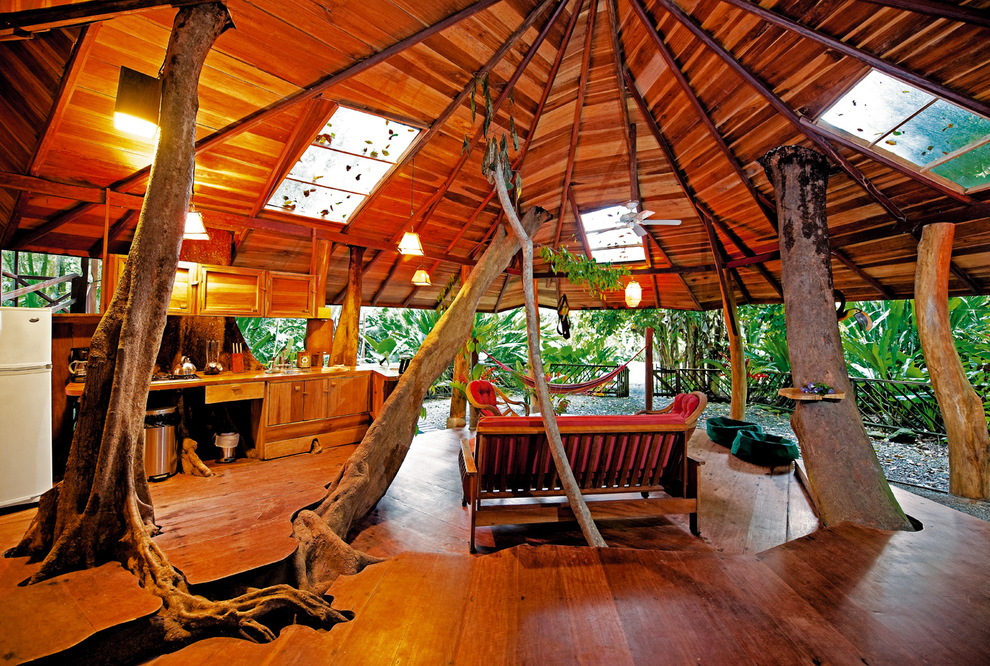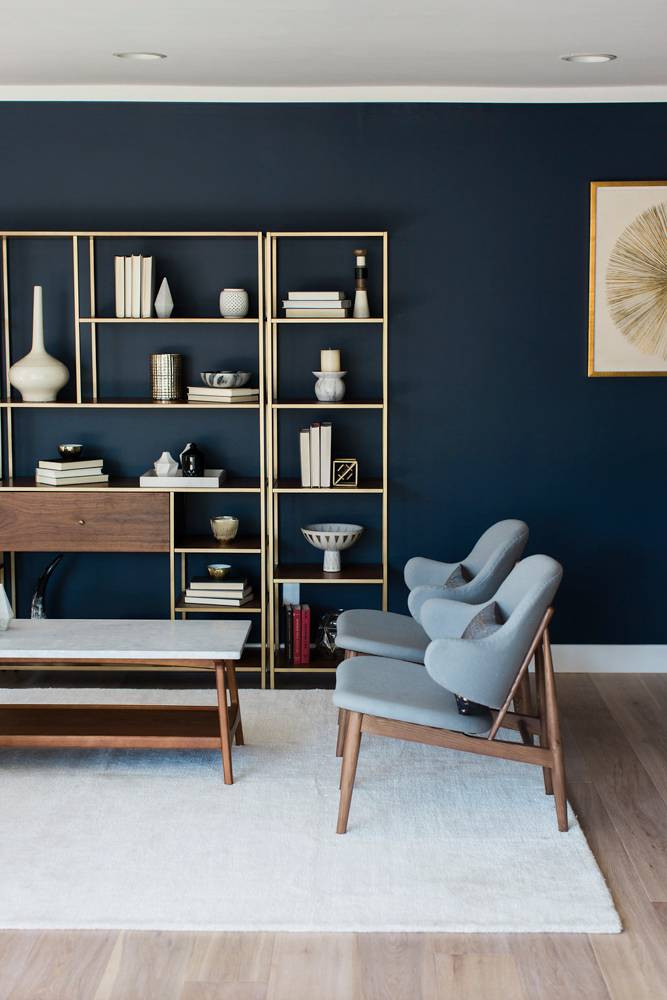What Are Assisted Living Rooms Like?
Table of Content
Kitchenettes are unlikely options for memory care residents, as the risk of injury is high. Because of this fact, most memory care residents eat in communal dining areas. Choosing a floor plan is one of the most important considerations for space, decoration, and physical health when it comes down to senior living. After all, this new home will need to be not only accessible, but also warm and welcoming. Medical Needs - Many seniors have health problems, so the staff will want to know if there is a history of cancer, high blood pressure, past surgeries, heart problems, lung conditions, and so on.
If your senior needs short-term care , they could be placed at a nursing home and be covered by Medicare for up to 100 days. After the rehabilitation process, they could transfer to residential care home if they no longer need ongoing medical services or physical therapy. Although they offer very similar experiences, residential care facilities are often smaller than assisted living facilities. It varies by state, but the resident occupancy size for a residential home is the ability to provide beds for at least three residents.
Assisted Living vs. Board and Care Homes
A studio would offer a bathroom and an open space that serves as both a den and bedroom. Grab bars should be strategically placed to help residents move about their rooms with reduced risk of injury. There should be lots of space and wide walkways to make ambulating easier. Lots of lighting can also help residents more easily see obstacles that can cause serious falls. For information on covering the costs of long-term care, read about paying for care. If the policy has accumulated cash, the insurance company writes you a check for the full amount of cash value, which is often taxed.
Care homes provide a similar level of care to assisted living facilities, but are much smaller, typically housing ten or fewer residents. Residents receive personal care assistance, meal preparation, and more services. A board and care home may be ideal for seniors who need nonmedical assistance with ADLs and prefer to live in a small, homestyle setting, rather than a larger assisted living community. Paradoxically, the features of care homes that some may view as a benefit can be seen as a drawback for others. While care homes’ small size means more personal attention for residents, it also typically means fewer options. For example, care homes almost always have fewer amenities than assisted living facilities.
Changing Lives.
This may include bathing, dressing, grooming, and general hygienic practices. Care home aides are available to assist residents with their ADLs and personal care needs, but they cannot provide medical care other than basic first-aid. Because of their small size and resemblance to single-family homes, care homes typically do not have many extra amenities. Residents can still socialize and relax in a common area, and some care homes may even have a backyard where residents can enjoy the outdoors. Because care homes are all different, it’s important to understand the amenities and general structure of any care home you’re considering for yourself or a loved one.

Picture signs can be used as an easy reminder of the contents of drawers and cupboards too. As with care home rooms designed for those with other forms of dementia, rooms for residents with Alzheimer’s should focus on being as familiar and stable as possible. Installing technology, such as rising and reclining chairs and beds, will help reduce excess strain on the body. In order to aid a resident’s hearing, the use of simple technology such as a conversation listener or a hearing loop that can pair with hearing aids can be provided. This can help not only to improve communications, but also allow for the resident to more comfortably watch television or listen to music. Finally, to reduce background noise, thick curtains and carpets should be fitted.
CareHome NV-019
Cognitive Condition - The staff will assess a person's cognitive and mental condition and whether they are experiencing confusion or dementia. They need to know if your elderly relative can follow instructions, suffers from severe memory loss, is prone to wandering off, or has any other issues that could compromise his or her safety. However, it’s important to note that shiny surfaces and mirrored items can trigger confusion and distress, so wooden or matte frames are best. And also, changing the appearance of the room should be avoided where possible.
Many of them offer independent housing , assisted living, and skilled nursing care all on one campus. In situations when costs aren't covered through other means, paying via private funds is an option. Sources of private funds for residential care include retirement accounts and 401Ks, savings accounts, annuities and insurance plans , trusts and stock market investments. Home equity and bridge loans can also be used when transitioning to a residential care home or increasing care services. Social Security can be an ideal solution for those who are receiving most of their care, including transportation, medication, and meals, through these facilities. In general, it is time for residential care when the senior can no longer independently complete their activities of daily living.
CareHome NV-072
The staff at Memory Care homes are specially trained and licensed to care for residents suffering from Alzheimer's / Dementia. Residents get assistance with any daily activities such as dressing, grooming, cooking and bathing. The type of room varies widely depending on the facility, location and cost. As you begin to tour residential care homes, keep a list of standard questions so you can compare answers across all your contenders.

In some areas, these facilities may be called adult family care homes, adult foster care homes, group homes or personal care homes. Residents of assisted living communities usually need a little bit of help with ADLs, although not as much as residents of memory care facilities do. Assisted living facilities therefore tend to offer more floor plan options than memory care locations, but less than independent living communities do.
Darton TV Units Darton TV units are part of the contemporary Darton range of exclusive, shaker inspired, living room furniture pieces for elderly care homes and nursing homes of distinction. In this guide, you’ll learn what assisted living rooms are like in both small home-style facilities, and larger, modern assisted living communities. We’ve provided a general overview of the most common assisted living room types, as well as what kinds of amenities are usually included in these rooms. Some facilities have only housing and housekeeping, but many also provide personal care and medical services.
Coverage could be denied for people with pre-existing conditions such as Alzheimer's disease or Parkinson's disease. Not all insurance will deny based on these conditions, so it is important to explore different insurance companies. All of our care home living room furniture is designed with safety, style and home comforts in mind. Grab rails should be installed in strategic places around the room, such as near the bed, chairs and bathroom.
Most care homes house ten or fewer residents, compared to dozens or even hundreds of residents in assisted living communities. The small size can be a welcome feature for seniors who are shy or prefer to keep to themselves. Residents of care homes may also receive more personalized attention than residents of larger communities. Navigating your senior care options can be challenging, and that’s especially true when it comes to choosing residential care. Residential care homes can offer a high level of care with activities of daily living such as bathing, dressing, toileting and so on, but this kind of care is considered non-medical. If your loved one needs medical attention from a doctor or nurse on an ongoing basis, nursing homes are better equipped to handle this need.

However, there are other options for seniors in need of help paying for their long-term care. Some of the most common sources of financial assistance are explained below. While assisted living facilities are regulated by local and state laws, in some jurisdictions board and care homes aren’t subject to the same standards as other larger senior living communities. You can contact your local Area Agency on Aging to learn more about residential care licensing, standards and inspections in your region. Board and care homes are designed for seniors who need help with ADLs and prefer to live in a small, intimate setting, rather than a larger senior living community.
Assisted Living Facilities
Its homelike setting offers shared dining areas, large living rooms, centralized kitchens, fireplaces and spacious front porches. Nursing homes, also called skilled nursing facilities, provide a wide range of health and personal care services. Their services focus on medical care more than most assisted living facilities. These services typically include nursing care, 24-hour supervision, three meals a day, and assistance with everyday activities. Rehabilitation services, such as physical, occupational, and speech therapy, are also available.
Comments
Post a Comment